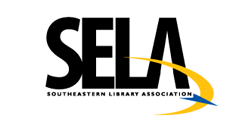Abstract
The last three decades, and especially the last fifteen years, have seen an expansion in the formats in which library materials are available, as electronic resources have joined the traditional print offerings produced by library suppliers. More and more, the electronic resource is becoming the first stop “go-to” information source, a predominance which can be confirmed by the number of reference and other sources which have shifted from print to electronic format or, not making the change, have simply ceased to exist.
This paradigm shift has affected acquisitions departments and collection development librarians, particularly in academic libraries, as they now must budget for both formats. Academic reference and instruction librarians also have had to adjust their habits in response to the increasing reliance on electronic resources. When, because of state budget cutbacks, an entire system loses its database consortium, as has happened this decade with the Texas Library Connection (TLC: http://ritter.tea.state.tx.us/technology/tlc/index.html) or South Carolina’s PASCAL (http://pascalsc.org/), the result can justly be described as a catastrophe. When the Network of Alabama Academic Libraries (NAAL: http://www.ache.state.al.us/NAAL/) recently canceled one database in the Alabama Virtual Library, the loss was not a catastrophe. But it was a calamity to the instruction librarians at Jacksonville State University’s Houston Cole Library and JSU’s English Department (and corresponding libraries and departments on high school and college campuses all over the state) for whom the database was central. What follows describes two librarians’ responses to the database loss and their efforts to compensate for it.
Publication Date
Spring 2011
